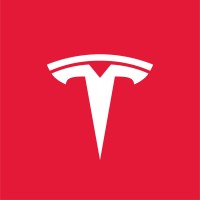FAQs
What is the expected start date for the internship?
The internship is expected to start around August 2025.
How long is the internship expected to last?
The internship is expected to continue through the entire Fall term, which is through December 2025, and may extend into Spring 2026 if available.
Is the internship full-time or part-time?
The internship is full-time, requiring a minimum of 40 hours per week on-site.
Are international students eligible to apply for this internship?
Yes, international students can apply, but if their work authorization is through CPT, they should consult their school regarding their ability to work 40 hours per week before applying.
What qualifications are required for this internship?
Applicants should be pursuing a degree in Mechanical Engineering or a related field, and have proficiency in 3D CAD, strong mechanical aptitude and problem-solving skills, and experience in areas such as machining, fabrication, and mechanical design.
What types of projects will interns be working on?
Interns will work on designing and deploying specialized development equipment for vehicle battery products, collaborating with cross-functional teams, and supporting various mechanical designs, manufacturing processes, and equipment development.
What software skills are preferred for this internship?
Experience with 3D CAD software (preferably SolidWorks), MATLAB, Python, CFD packages, and structural FEA packages is preferred.
Will interns receive compensation?
Yes, interns will receive compensation in the range of $20.00 to $50.00 per hour, depending on various individual factors.
What benefits are available to full-time interns?
Benefits include medical plans, dental and vision coverage, flexible spending accounts, 401(k) options, employee stock purchase plans, paid holidays, and various support resources.
Does Tesla provide support for individuals with disabilities during the hiring process?
Yes, Tesla is committed to providing reasonable accommodations to individuals with disabilities and encourages applicants to inform their recruiter if they need any accommodations during the interview process.

